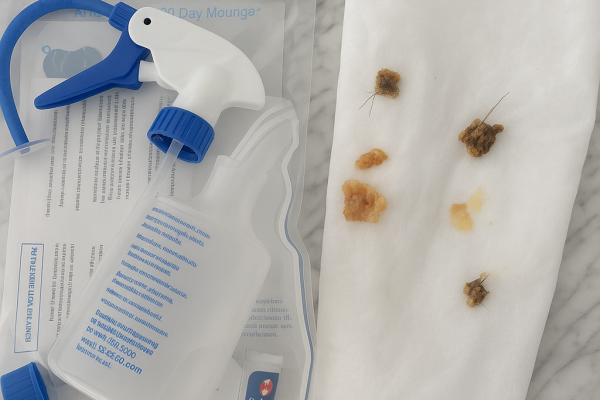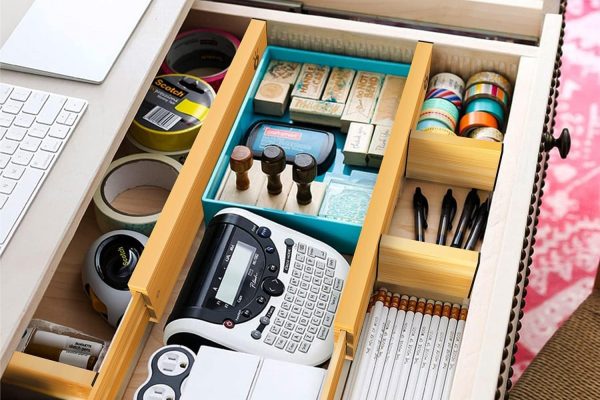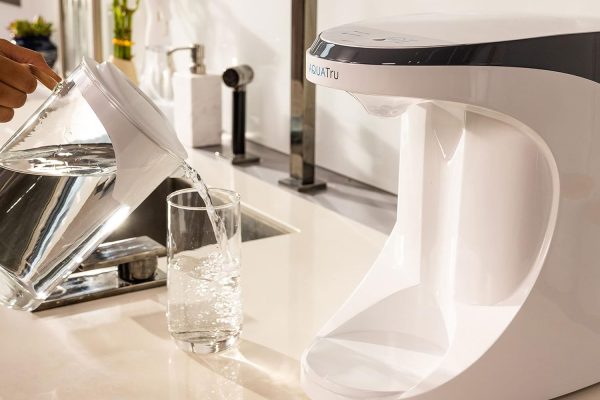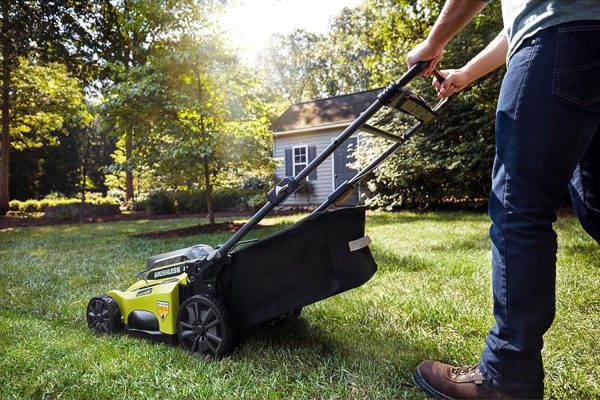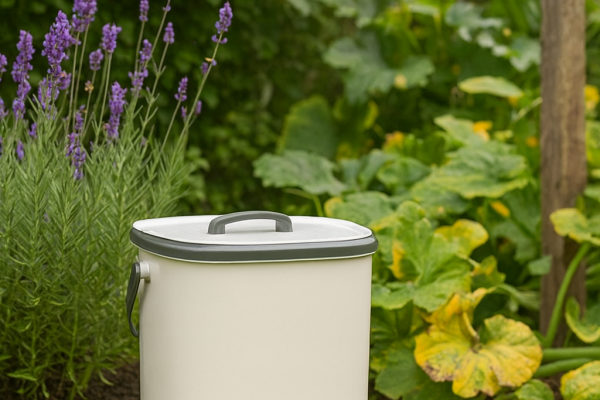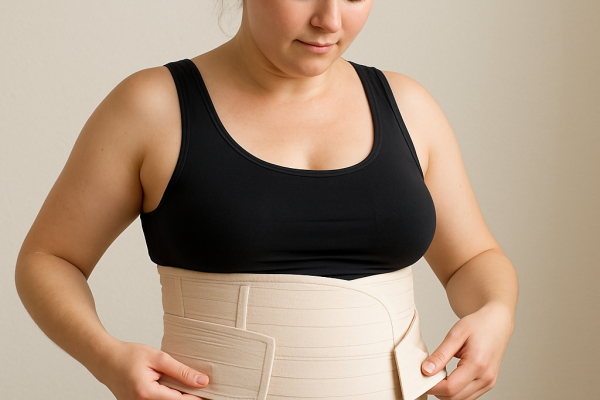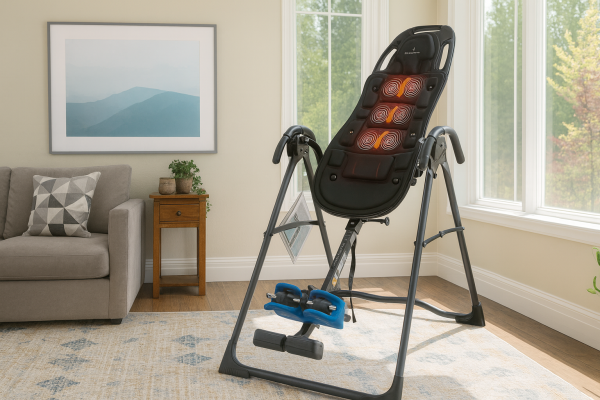
Your hands do the heavy lifting. In kitchens, construction sites, workshops, and industrial facilities, hands face constant threats from sharp blades, glass, metal edges, and jagged materials. The wrong glove—or no glove at all—turns a minor task into a trip to the emergency room.
Modern glove technology has evolved dramatically. Today’s best gloves balance protection with dexterity, comfort with durability, and cost with performance.
The ANSI Cut Level System: What the Numbers Actually Mean
Cut resistance isn’t a guessing game. The American National Standards Institute (ANSI) ANSI/ISEA 105 standard provides a definitive nine-level framework (A1 to A9) for selecting cut-resistant gloves in North America.
Here’s how the scale works:
Light Hazard (A1–A3): These levels require 200 to 1499 grams of force to cut through the material. Ideal for general assembly, light material handling, and basic food preparation where you’re handling kitchen knives or light tools.
Medium Hazard (A4–A5): This tier addresses medium to heavy cutting hazards, requiring 1500 to 2999 grams of force. These gloves are essential for construction, glass handling, and sheet metal fabrication where contact with sharper materials is routine.
High/Extreme Hazard (A6–A9): Starting at 3000 grams and extending to 6000+ grams for A9, these levels are necessary for extreme environments including metal stamping, heavy machinery handling, and constant blade work.
The critical insight: higher isn’t always better. An A9 glove might offer maximum protection but reduce dexterity so much that workers refuse to wear them—defeating the entire purpose. Modern engineered yarns, such as Dyneema Diamond Technology and proprietary blends, have fundamentally revolutionized performance profiles of gloves offering high-level protection, specifically in the A4 through A7 range, with significantly improved dexterity and comfort compared to older, bulkier composite materials.
Materials Matter: Understanding What’s Inside Your Gloves
The fiber inside determines protection level and wearability. Here are the main players:
HPPE (High-Performance Polyethylene): The workhorse of the industry. HPPE is lightweight, flexible, and affordable. It forms the foundation for many A1–A6 gloves and can be blended with stronger materials like fiberglass or steel to reach A9 levels. Best for: general manufacturing, food prep, construction.
Dyneema Diamond Technology: A quantum leap forward. Dyneema boasts a strength-to-weight ratio fifteen times higher than steel, achieving high cut protection (A7–A9) in a thinner profile, dramatically improving both dexterity and worker comfort. Yes, it costs more—but the payoff is worth it if you need extreme protection without the bulk.
Kevlar (Aramid Fiber): Heat-resistant and flexible, Kevlar typically falls between A2 and A5. The downside: it’s sensitive to moisture and UV light, and can degrade if exposed to chlorine-based cleaners.
Stainless Steel Mesh: The gold standard for extreme environments like meat processing. Metal mesh gloves achieve ANSI A9 and often offer a physical barrier against blunt puncture, with the primary trade-offs being significantly reduced dexterity, limited comfort for prolonged shifts, and high cost.
Cut Resistance Isn’t Puncture Resistance: Why This Matters

Here’s a critical distinction that many miss: a glove that resists cuts won’t necessarily stop punctures. Cut resistance measures the material’s ability to withstand a slicing or slashing action, where kinetic energy is distributed along a moving edge, while puncture resistance measures the material’s capacity to withstand penetration by a pointed object that concentrates force onto a minimal surface area.
For environments with random sharp objects—recycling facilities, waste management, or construction sites with broken glass and wire—you need both ratings. Check the product specifications for ANSI Puncture ratings (0-5 scale) in addition to cut levels.
Grip, Coating, and All-Shift Comfort
The fiber inside is only half the story. The polymer coating applied to the glove is often the most critical factor determining the glove’s functional usefulness in a specific work environment, affecting grip, abrasion, and resistance to contaminants.
Foam Nitrile: Superior in both dry and oily conditions. It offers excellent grip in hydraulic fluid, oil, and lubricant environments—perfect for metal fabrication and automotive work.
Polyurethane (PU): Provides high tactile sensitivity for precision tasks like electronics assembly. Works best in dry conditions.
Crinkle Latex: Aggressive grip in wet and dry conditions, but less puncture-resistant than nitrile.
For all-shift wear, comfort matters tremendously. For prolonged use, optimal fit and comfort are non-negotiable components of safety compliance, as uncomfortable gloves lead to non-use or modification by workers.
Five Top Cut-Resistant Gloves on Amazon (2025)
1. DEX FIT Level 5 Cut-Resistant Gloves Cru553 (A5 Protection)
DEX FIT Level 5 Extreme Cut Resistant Gloves [click to view…]
Price Range: $13–16 per pair
Best For: Kitchen work, construction, general cutting tasks
Made for professionals, the 13-gauge HPPE and Spandex knit gives a second-skin fit with no itch or irritation, and all-day 3D comfort fit technology ensures breathability and dexterity without the bulk of heavy gloves or hand fatigue. These are certified ANSI A5 and machine-washable. The touchscreen compatibility means you won’t have to remove them to check measurements or reference photos. Available in five sizes, they’re 100% food-safe and work equally well for woodworking and gardening.
Why It Works: Consistently rated for comfort and value. Users report they fit well after one wash and provide reliable protection without the premium price tag.
2. NoCry Premium Cut-Resistant Gloves Food Grade Level 5
NoCry Premium Cut Resistant Gloves Food Grad [click to view…]
Price Range: $14–18 per pair
Best For: Food preparation, kitchen, detailed cutting tasks
Made from the highest level of cut resistant material on the market, these cutting gloves are 4X stronger than leather and 10X stronger than steel, offering maximum protection at all times while maintaining 100% food safety with superior grip and a snug fit that keeps sharp blades securely in the hand. Ambidextrous design works for either hand. The breathable design keeps hands dry during extended use.
Why It Works: Premium positioning backed by real results. Perfect for anyone working with mandolines, chef’s knives, or oyster shucking equipment. Exceptional dexterity for precision work.
3. Schwer SlicePro ANSI A9 Cut-Resistant Gloves (Stainless Steel Mesh)
Schwer SlicePro Ultra-Durable [click to view…]
Price Range: $24–32 per pair
Best For: Professional butchery, extreme-risk food processing, maximum protection
These are stainless steel mesh gloves for situations where anything less than A9 protection is unacceptable. Perfect for high-volume meat cutting, mandoline slicer work, and professional kitchen environments where speed and precision meet dangerous blade work.
Why It Works: Metal mesh delivers maximum protection. Food-grade rated and designed specifically for professional culinary environments where standard fabric gloves simply won’t cut it.
4. Schwer AIR-SKIN Cut-Resistant Work Gloves AR3900 (A4 Protection)
Schwer A4 AIR-SKIN Cut Resistant Work Gloves [click to view…]
Price Range: $10–14 per pair
Best For: Fishing, mechanics, refined work, lightweight jobs
The Schwer AIR-SKIN features extreme lightweight and thin construction, with ANSI A4 wire metal glove design for fishing, refined work, touch-screen capability, and non-PFAS materials with 3D-comfort fit and breathability. These prioritize feel and dexterity over maximum protection—ideal for jobs requiring both protection and sensitivity.
Why It Works: When you need protection that won’t slow you down. Great for jobs where you’re doing fine motor control work but still encountering occasional sharp edges.
5. Ironclad Command Impact Cut A6 Gloves
Ironclad Low Profile Impact Cut A6 Foam Nitrile [click to view…]
Price Range: $28–32 per pair
Best For: Construction, heavy industrial work, comprehensive hazard protection
These gloves provide ANSI Level A4 cut resistance, ANSI Level 5 abrasion resistance, and ANSI Level 4 puncture resistance simultaneously, with DuraBlend shells and polyurethane palm coatings offering 360-degree cut protection, high breathability and comfort, and availability in eight sizes from 5 to 12. Machine washable for extended lifespan.
Why It Works: Triple-protection strategy. These gloves address cut, abrasion, and puncture simultaneously—crucial for construction and demolition environments.
Maintenance: Keeping Your Investment Protected
Your gloves’ protective rating only holds if you maintain them properly. Gloves constructed with HPPE fibers and nitrile coatings must be washed in cold or lukewarm water, maintaining a maximum temperature of 104°F (40°C), using mild commercial laundry detergents, with air drying recommended to prevent material damage.
Never use chlorine bleach on Kevlar gloves—it chemically degrades the fibers and compromises protection. Store gloves in cool, dry environments away from direct sunlight.
The Bottom Line
The best cut-resistant glove isn’t the thickest one. It’s the one that matches your actual hazards, fits your hand properly, and gets worn consistently because it’s comfortable enough to keep on all shift long. For the vast majority of industrial operations, the optimal strategy lies in procuring advanced synthetic knits that balance high protection (A4–A6) with ergonomic features that guarantee high compliance: superior grip, enhanced durability, and all-shift comfort.
Start by assessing your primary hazards: Are you handling sharp blades? Metal edges? Broken glass? Random puncture hazards? Then match the protection level to the task. For most people, an A4–A5 glove with good abrasion resistance will provide all the protection needed while keeping hands functional and comfortable.
Your hands are irreplaceable. The right gloves cost dollars. Hand injuries cost thousands. The math is simple.
Dora Decora is a biophilic interior design specialist and passionate blogger. With a deep commitment to integrating nature into living spaces, Dora specializes in creating environments that foster human-nature connections through thoughtful design elements. Her approach emphasizes sustainable materials, natural lighting, and organic patterns that enhance wellbeing and reduce environmental impact.
This post (https://homechroma.com/best-cut-resistant-gloves-that-let-you-work-fearlessly) was originally published by Dora Decora on Home Chroma. As an Amazon Associates partner, we are compensated for all qualifying purchases.








